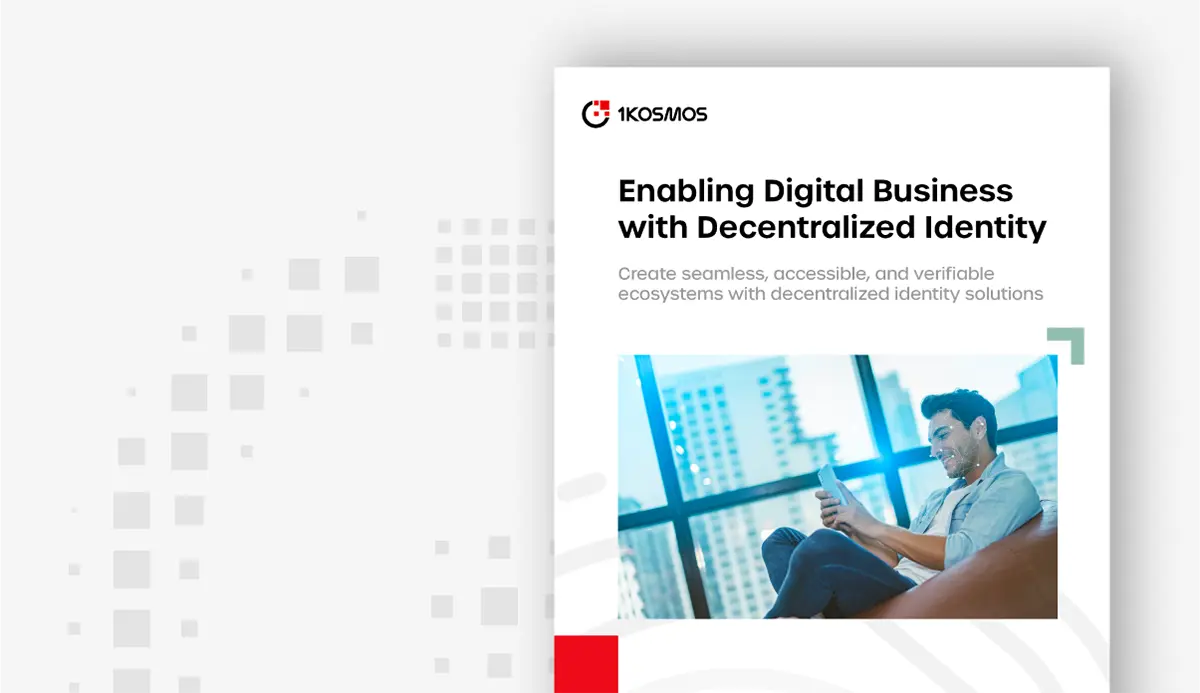Top 3 Advantages of Private Blockchain
By definition, Blockchain is about eliminating intermediaries by powering a peer-to-peer ecosystem, where data is validated by participants to the network, whoever and wherever they are. Blockchain is about decentralization, since each partaker has authority over his or her own node, which infers that there isn’t a single authority or a central point of control. Now, there are three types of Blockchain networks: Public, Private and Consortium. The first one tends to focus on B2C transactions, private Blockchains are leveraged for the development of B2B use cases, and the last one is permissioned, partly private, semi-decentralized and adapted to consortia. Let’s take a look at how a private or permissioned Blockchain actually works and why it seems to be the preference of businesses that transact with other businesses.
Private Blockchain Explained
As opposed to public Blockchains (Bitcoin and Ethereum, for example), private Blockchains are… private and permission based. There’s nothing surprising here. This notion of private Blockchain infers that an entity or an organization must be invited to become part of the private network. In other words, it is a closed ecosystem that can only be accessed by those who are allowed access. Private Blockchains are perfect for creating a closed B2B transactional ecosystem among a few business entities that evolve within a same vertical. But they’re not limited to just that.
For example, Walmart has developed a private Blockchain network to trace the provenance of all the products their customers can find on the shelves. The technology allows Walmart’s suppliers to upload certificates of authenticity to the network securely, which brings more trust to the entire ecosystem and enables the company to trace products back to the source almost instantly, instead of days as it used to be the case prior to the deployment of the Blockchain. Naturally, the Walmart’s traceability system requires that its suppliers participate in the network to ensure its pertinence and accuracy. Now, what if a supplier refuses to join, especially for economic reasons? The reality is that Walmart is so large that not only can it force its suppliers to comply, but the giant retailer is also able to provide the technology, so those smaller suppliers do not have to bear the financial ramifications of joining the private Blockchain.
Similar examples are multiple. De Beers has launched a secure and immutable trail that leverages a private blockchain (Tracr) to verify the authenticity and provenance of diamonds and make sure that they are not blood diamonds from conflict zones. Another case pertains to the Healthcare sector. BurstIQ’s big data Blockchain platform provides a platform for patients and doctors to securely transfer sensitive medical information using smart contracts. Those smart contracts are leveraged to define the parameters of what data can be shared.
Oftentimes, the creator of the network or technology provider (Walmart or De Beers in the previous examples) builds a layer of privacy around a public Blockchain like Ethereum to build a private Blockchain, so all participants can benefit from the functionalities that this technology has to offer (transparency, security) to transact seamlessly with one another. In other words, the creator of the network acts as a Blockchain gateway and manages the private and permissioned aspect of the network. What does this entail? To manage the private aspect of the network signifies that the technology provider controls who can participate to the ecosystem. Managing the permissioned part of the network infers that the creator of the network engages in what we can refer to as “controlled visibility.” The technology provider indeed validates the communication between the different parties and their ability to access and update specific instances of smart contracts. To summarize, on a private Blockchain network, only certain companies can participate. And within that network, a given participant can only see a given instance of a smart contract.
Advantages of Private Blockchains
The entity that acts as Blockchain gateway controls the access to the network as well as the participants’ visibility. The former form of control means faster transactions. Private Blockchains have much less nodes than their public counterparts, therefore the performance is faster. The latter form of control allows partakers to transact seamlessly, without running the risk of having a competitor access or make sense of their data. Participants are indeed granted permissions to access certain types of data and complete specific functions, which certainly adds an extra layer of security.
Generally, private Blockchain networks start on a small scale, with only a few participants. Naturally, the goal is to expand the ecosystem by including more trading or business partners and their respective node over time. The smaller size of a private Blockchain compared to a public Blockchain network offers two main advantages in terms of manageability: downtimes are reduced while uptimes are maximized, and scalability is facilitated. It is indeed unlikely that large groups of participants be included at once.
Finally, in any industry compliance is key. To that effect, the deployment of a technology is deemed to fail, if it does not follow strictly compliance guidelines that apply to the industry in which the participants to the Blockchain network evolve. By having control over the infrastructure, the technology provider is able to follow and incorporate those requirements more seamlessly.
Private Permissioned Blockchain: Conclusion
To build a private Blockchain goes far beyond the realms of selecting a platform of reference and coding. After all, this is still a new technology and developers always end up being confronted to major obstacles, simply because the technology doesn’t have a response to all those questions and concerns participants raise along the way. For example, how can participating entities get the assurance that their existing systems and data won’t be compromised by the implementation of a private Blockchain? To answer this question forces developers to build applications on and off the chain that bring sustainable solutions.
